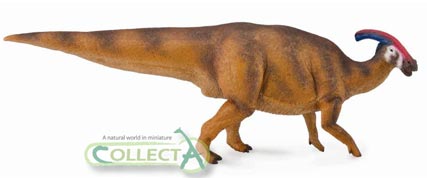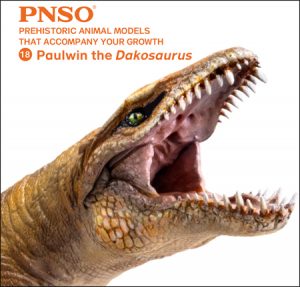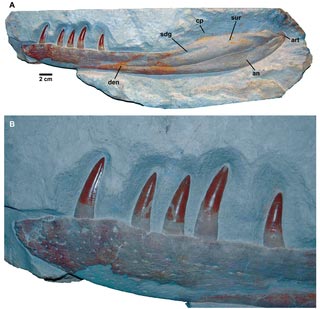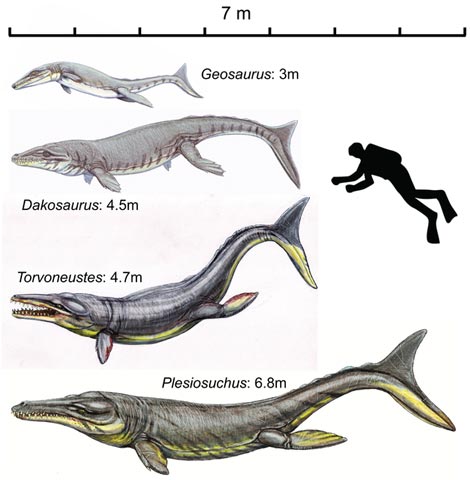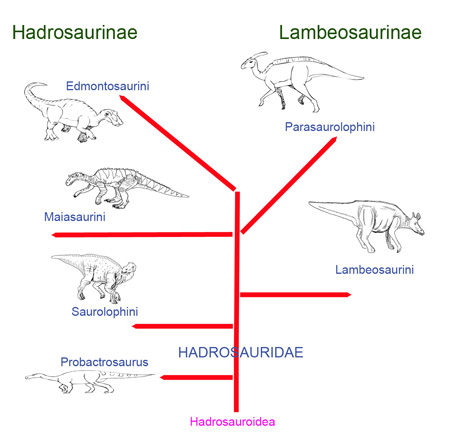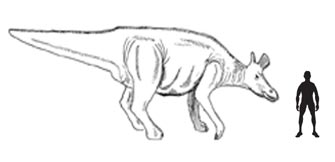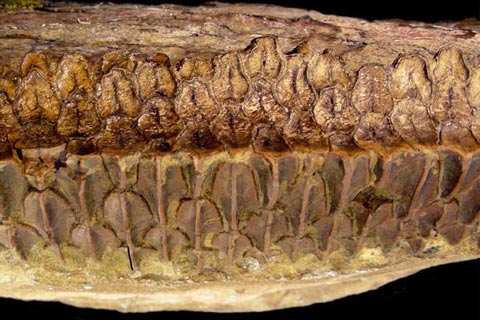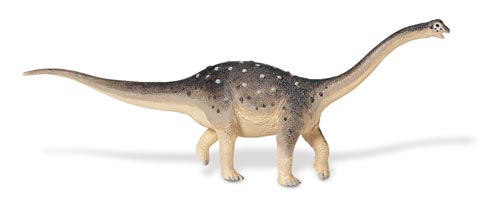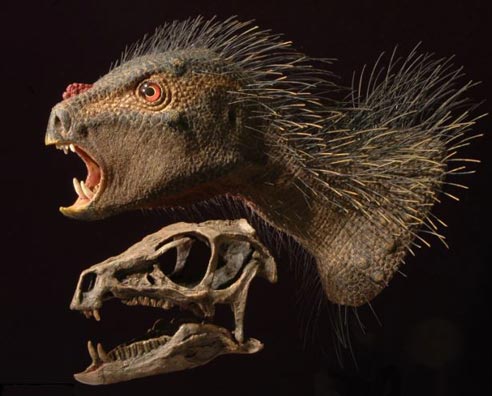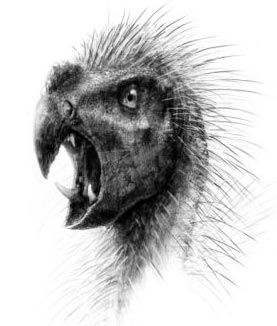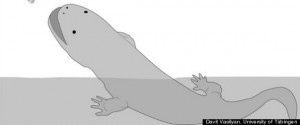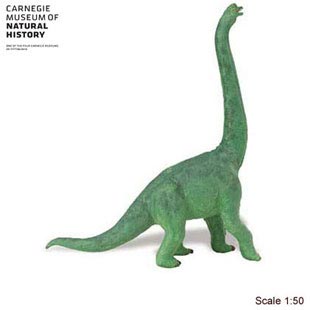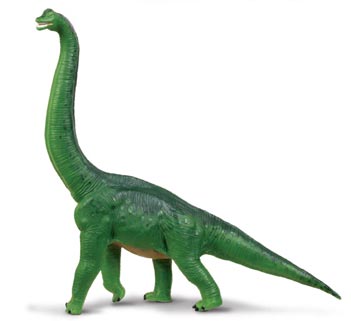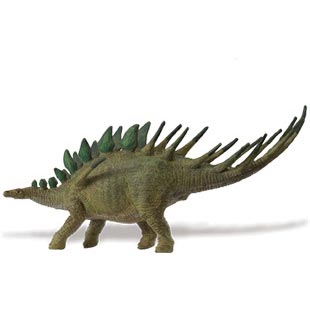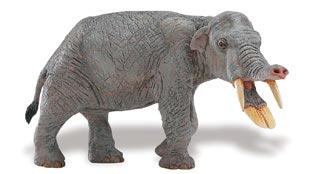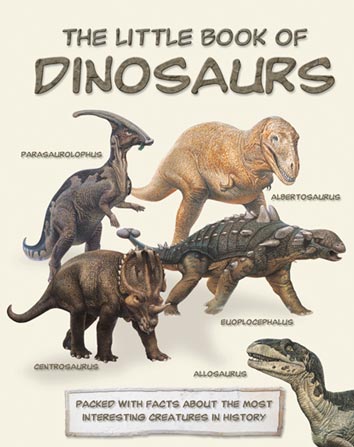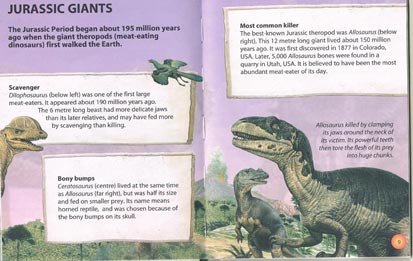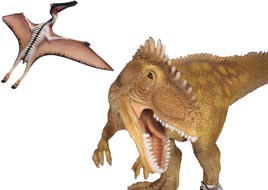Footprint Suggests Therizinosaurs may have Roamed Northern Latitudes
Located approximately 240 miles north of the Alaskan state’s largest city of Anchorage, the vast Denali National Park, has provided palaeontologists with a tantalising clue as to what strange beasts may have wandered this area in the Late Cretaceous, something like seventy million years ago.
The National Park, home to Mount McKinley, with a summit at 6,193 metres above sea level, the highest peak in North America, may also have been home to a bizarre group of theropod dinosaurs that converted from a meat-eating diet to a herbivorous one – the bizarre therizinosaurs. A single four-toed footprint suggests that these Cretaceous dinosaurs, otherwise known as “Scythe Lizards” may have roamed the Alaskan landscape.
Potential Therizinosaur Track
David Tomeo, the programme director for the Murie Science and Learning Centre located at Denali Park was wandering along a dried up river bed in the summer of 2010, when he spotted a strange raised impression. His mind was on all things Dinosauria as he was up there preparing a student field trip to explore the Park’s dinosaur discoveries, however, he did not expect to be confronted by what turned out to be a single dinosaur footprint. He was confident that the footprint did represent a dinosaur, but what sort of dinosaur could have made that track? The difficulty for David, was that he thought he could make out four toe impressions, most theropods (other than dromaeosaurs) walked on three toes and as a result left three-toed fossilised prints. Several photographs of the strange footprint, preserved in the mudstone were taken and these were sent to Tony Fiorillo, the curator of palaeontology at the Museum of Nature and Science in Dallas (Texas) who has studied the dinosaur fossils found in northern Alaska.
Strange Dinosaur Footprint Preserved in the Mudstone
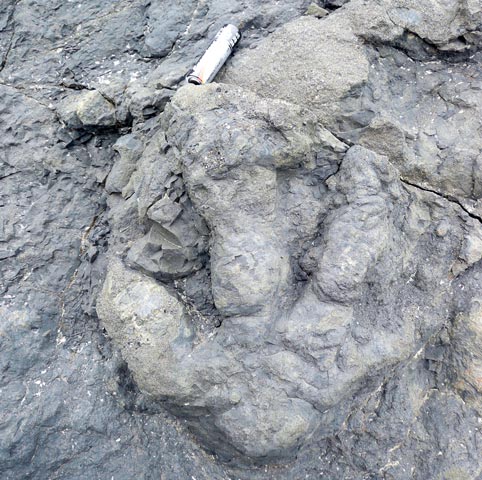
Therizinosaur track discovered?
Picture credit: David Tomeo
A battery (AA) has been put in the picture to provide a scale.
Dr Fiorillo and his colleagues, after a careful of examination of the evidence and a visit to the Park to view the specimen in situ, have identified the print as having been made by a therizinosaur. This is the first time fossils from this sort of dinosaur have been found at such a northerly latitude. Therizinosaurs are a rare and exclusively Cretaceous clade of the Order Theropoda. These creatures had short legs, stocky bodies with long necks and small heads. Scientists still debate whether these animals were entirely vegetarian. The arms were relatively long and the three-fingered hands had enormous, flattened claws. Importantly they walked on four toes and they were bipedal. Most of the therizinosaur fossils found to date have come from Asia, where they are believed to have first evolved, but one of the most complete specimens ever found was discovered in North America (western United States), this therizinosaur was named and described in 2001, it is known as Nothronychus mckinleyi.
An Illustration of a Typical Therizinosaur (Nothronychus mckinleyi)
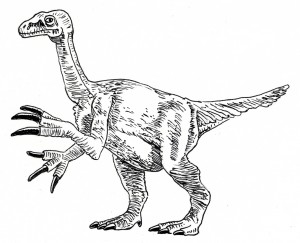
Nothronychus illustrated.
Picture credit: Everything Dinosaur
It seems sometime in the Cretaceous, these types of dinosaur migrated across a land bridge linking Asia to North America, probably where the Bering Strait can be found today. Intriguingly, the Alaskan footprint is something like twenty million years older than the fossils ascribed to Nothronychus. Does this indicate several migrations taking place between the Americas and Asia during the Late Cretaceous, or is the Alaskan trace fossil evidence of a population of therizinosaurs being resident in northern latitudes?
The Alaskan Therizinosaur Trackway (Print Outlined)
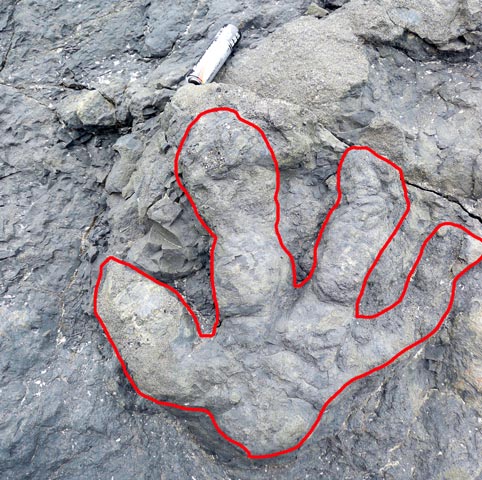
The print is highlighted in red.
Picture credit: David Tomeo/Everything Dinosaur
To help readers discern the footprint, team members at Everything Dinosaur have highlighted the approximate outline in red.
During the Late Cretaceous, Alaska was actually nearer to the North Pole than it is today. Although the climate would have been warmer, it would still have been a tough, harsh environment for animals to live in. There was no permanent snow covering, although it probably did snow from time to time. The landscape would have been dominated by dense conifer forests with an understorey of flowering plants and ferns. For four months of the year, the region would have been plunged into darkness as the sun dipped below the horizon. There would have been a short summer season with 24-hours of daylight with the sun never setting, but even with this permanent daylight, climatologists estimate that the maximum day time temperature was rarely above 13 degrees Celsius. There is fossil evidence to suggest that there were permanent dinosaur residents in this part of the world during the Late Cretaceous. Palaeontologists can only speculate whether the bizarre therizinosaurs were part of this permanent fauna or whether they were seasonal migrants, moving north to take advantage of the rich summer plant growth.
Dr Fiorillo and his colleagues have recently published a scientific paper on the recording of the first evidence to suggest that therizinosaurs roamed Alaska. A number of other dinosaurs are known from this part of North America. Fossils of the duck-billed dinosaur Edmontosaurus have been found, there is also evidence that horned dinosaurs may have been present . It is likely that there were many predatory dinosaurs as well, perhaps following the herds of herbivores on their seasonal migrations just as packs of wolves follow the caribou today. Palaeontologists have found fossils of a giant troodontid (dromaeosaur dinosaur), in Alaska. The fossils indicate that this particular theropod was perhaps four metres long, much bigger than troodontids that lived further south. This type of carnivorous dinosaur could have become specially adapted to living in the extreme climate of northern North America and it may have been a permanent resident in Alaska.
Ironically, in contrast to the relatively rich dinosaur fossil assemblage found in the strata of the Denali National Park, there are no species of reptile living in the Park today, the climate is just too severe and too cold for today’s cold-blooded reptiles.
For models of therizinosaurs and other theropods: Prehistoric Animal Replicas (CollectA Age of Dinosaurs).
